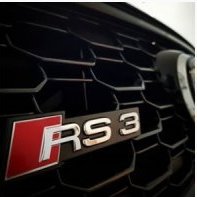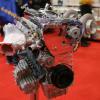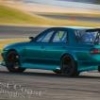Jaycar selling some OK kits for cars
Announcements
-
Similar Content
-
Latest Posts
-
Like the people who blow 5 stock boxes at 3k a hit when they could have bought a fully built box for 12k in the first place
-
You’ve already cracked a factory block, why would another factory block be any different
-
Buying local could also land you in the same scenario you're in now. Someone else just offloading their crap.
-
Spotted this clean R32 parked outside my office in Mascot , looks like afresh import still had Japanese tags on the windscreen . I asked around but no one knew who owed it. Might have been one of our clients or a contactor.
-
Sunken cost fallacy. The real question is, would you rather a car on the road now, that's perfect, or do you like the idea of building a car into something that's yours? If the latter, put money into it. If the earlier, sell it, and buy another, and be very particular. However, be aware, they're an old car, they'll all require significant maintenance at some point.
-








Recommended Posts
Create an account or sign in to comment
You need to be a member in order to leave a comment
Create an account
Sign up for a new account in our community. It's easy!
Register a new accountSign in
Already have an account? Sign in here.
Sign In Now